The rain-wet trees and the path make visitors feel an aura of mysticism.
These days, Mt. Oyama is a spot that tourists from the Tokyo area can casually visit. In the Edo Period (1603- 1868 CE), it was a staple of religious and recreational tours. Due to being registered as a Japanese Heritage Asset and listed in a Michelin Guide, its history is once again in the spotlight.
Photos by Naoya Furuta
Mt. Oyama: A Japan Heritage Asset Listed in A Michelin Guide
Mt. Oyama, located at the eastern foot of the Tanzawa mountain range, at the borders of the cities of Isehara, Hadano, and Atsugi, in Kanagawa Prefecture. With an elevation of 1,252 meters, it is not exceptionally tall, but the shape of its beautiful single triangular peak leaves a strong impression on those who see it.
Also known as Mt. Amefuri (meaning “rainy”), Mt. Oyama has long prospered as the subject of mountain worship by people hoping for rain, high crop yields, or strong sales of their wares; in particular, during the Edo Period, people came from all over the Kanto region to worship there. During the Postwar era, in 1965, it was designated as Tanzawa-Oyama Quasi-National Park, and as it entered a period of high growth, many tourists began to visit it as a casual recreation spot on the outskirts of Tokyo.
However, in recent years, Mt. Oyama has seen a decrease in tourists and a relative increase in the number of day-trip visitors, resulting in a steady decline in the local economy. Additionally, tourists flock to the mountain and keep it busy during specific periods such as the beginning and end of the year, the Golden Week holidays, and the part of autumn when the leaves turn colors, but during quiet periods, visitor numbers drop to 20 or 30 percent of what they are at peak times. This and other seasonal changes have become major issues. However, in the past few years, some hope has come into view for breaking out of the vicious cycle which the area has recently found itself in. In the Michelin Guide Japan, published in 2015, the overlook at Mt. Oyama’s Afuri Shrine earned two stars, while Mt. Oyama itself earned one. Because of this, the number of foreign tourists visiting the mountain has been on the rise. Additionally, in October of the same year, Mt. Oyama’s cable car system was redone. With the introduction of a new car model and various other upgrades, the service’s overall comfort level was increased. Furthermore, in 2016, the historical story surrounding pilgrimages to Mt. Oyama was inscribed as a Japan Heritage asset, so there is some promise in the mountain’s potential appeal as a tourism resource connected to that history and culture.
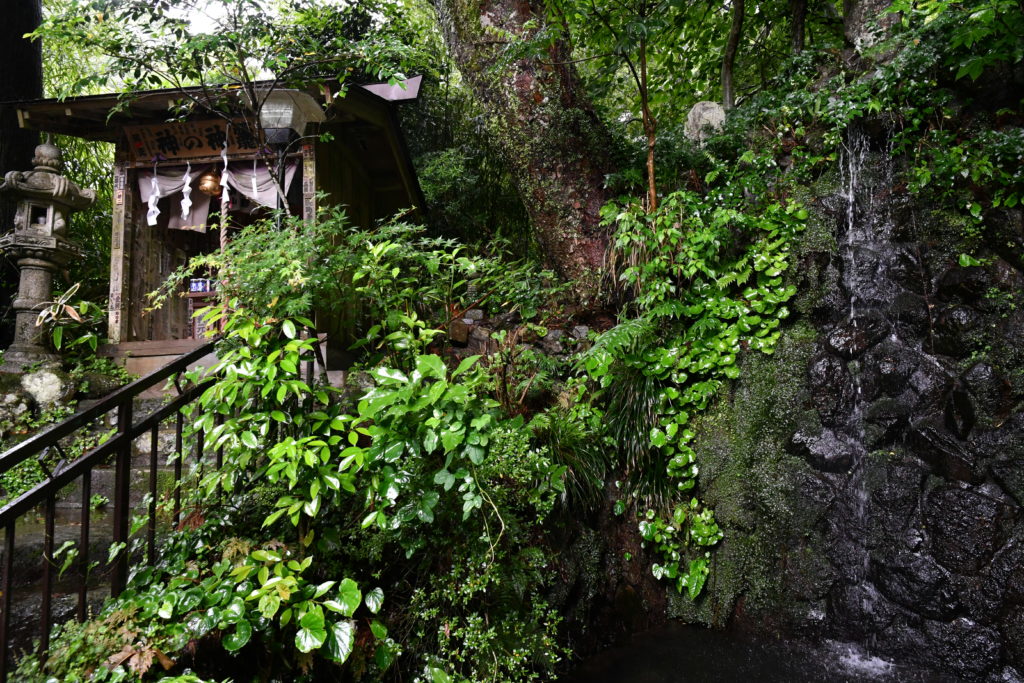
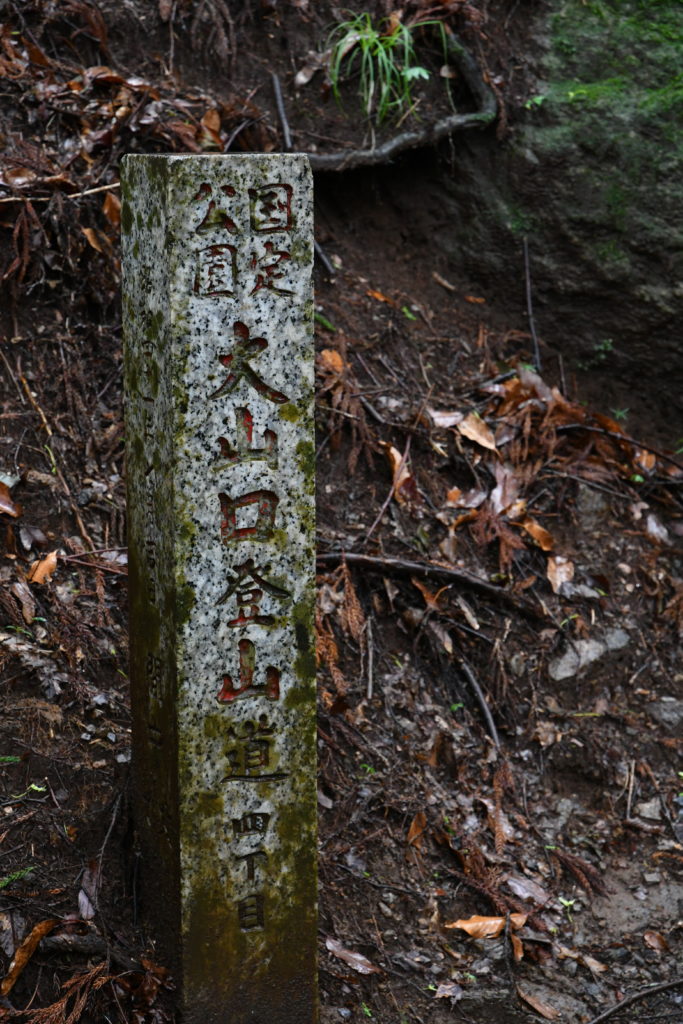
The Rain Draws Out Mystic Signs That This Is Holy Mountain
Of course, part of Mt. Oyama’s appeal is the casualness with which visitors can easily take a cable car to get as high as the lower shrine of Oyama Afuri Shrine, located at an altitude of 700 meters up the side of Mt. Oyama. If the view around the lower shrine is open and the weather is good, it is possible to see as far as Sagami Bay and the Miura Peninsula from there. There are numerous teahouses nearby to serve the large crowds of visitors; their flags, along with the touts inviting people in, are conspicuously visible.
However, if one goes slightly outside of this touristy area and sets foot on the path to the mountain’s peak, the atmosphere changes all at once, and one is wrapped in quiet beauty, a sign that this is a mystic, holy mountain.
The winding path to the summit, where the upper shrine is located, is paved with stones, and both sides are lined densely with lush green trees. When was this path created, and by whom? The scenery, melting into the surrounding trees, looks like nature itself.
Anyone who ascends the mountain path must be a patient laborer. Because the road is winding, travelers cannot see what is ahead of them. However, in the case of Mt. Oyama, there is an inexhaustible supply of majestic sights that come into view and make one gasp each time one rounds a bend in the road.
At certain bends in the path, stone markers are placed, inscribed with the remaining distance to the summit, inspiring travelers to continue moving toward the top.
As the phrase amefuri, which provides both another name for Mt. Oyama and the origin of Afuri Shrine’s name, suggests, this is a mountain that experiences a lot of cloud cover and rainfall. Getting rained on as one ascends the mountain would ordinarily be an annoyance. But Mt. Oyama is the one place where walking in the rain doesn’t seem so bad. When they are wet with rainwater, the black of the marker stones and the green of the forest grow deeper, and they shine, which makes them seem even more beautiful.
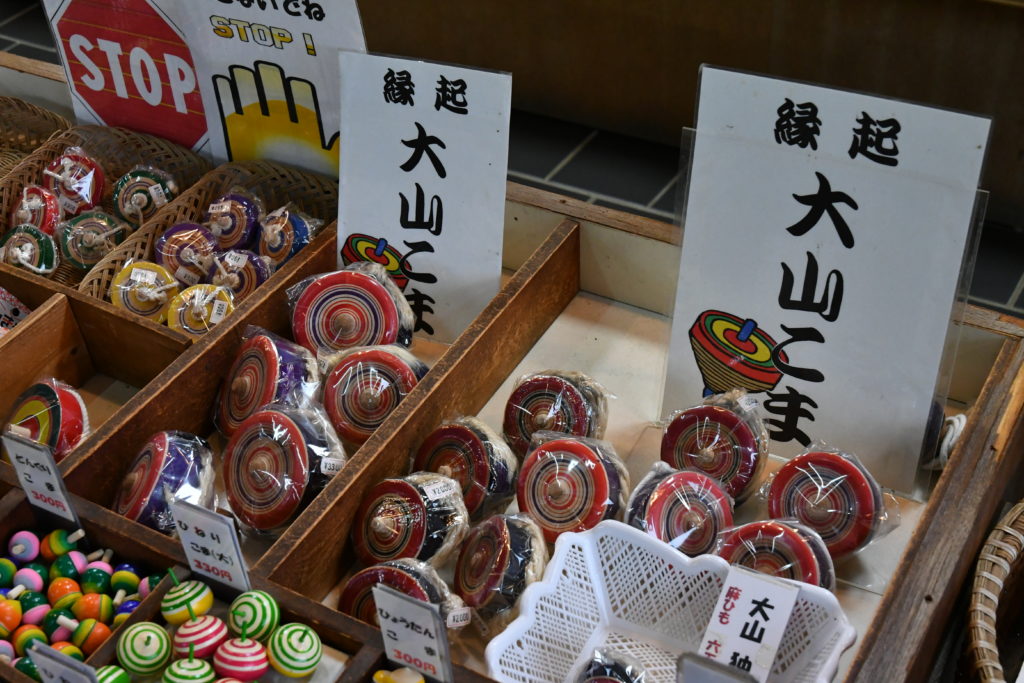
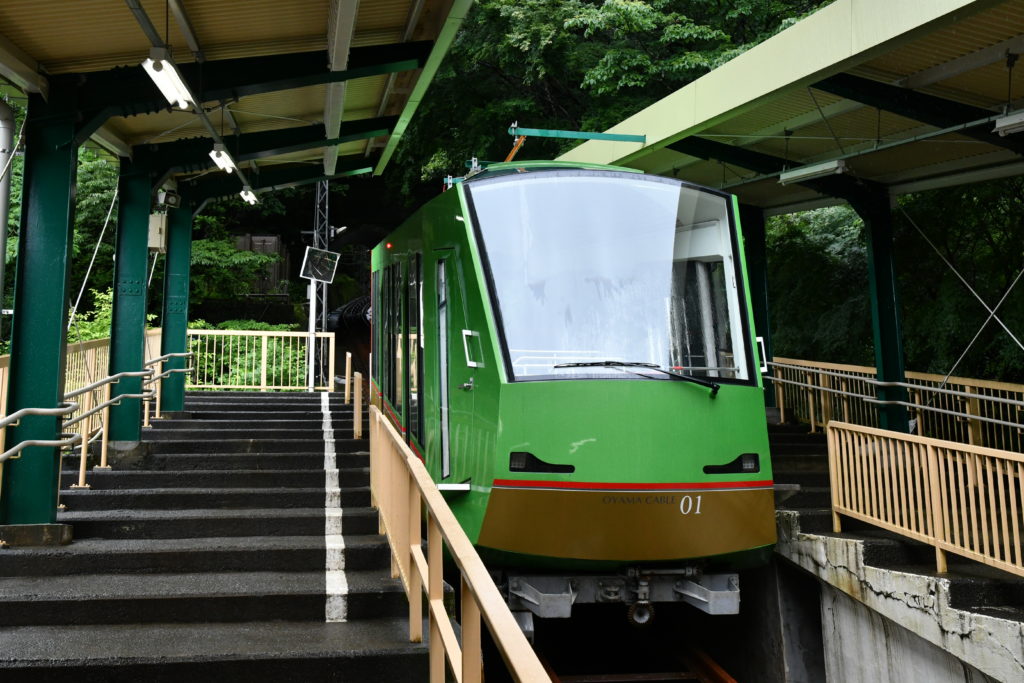
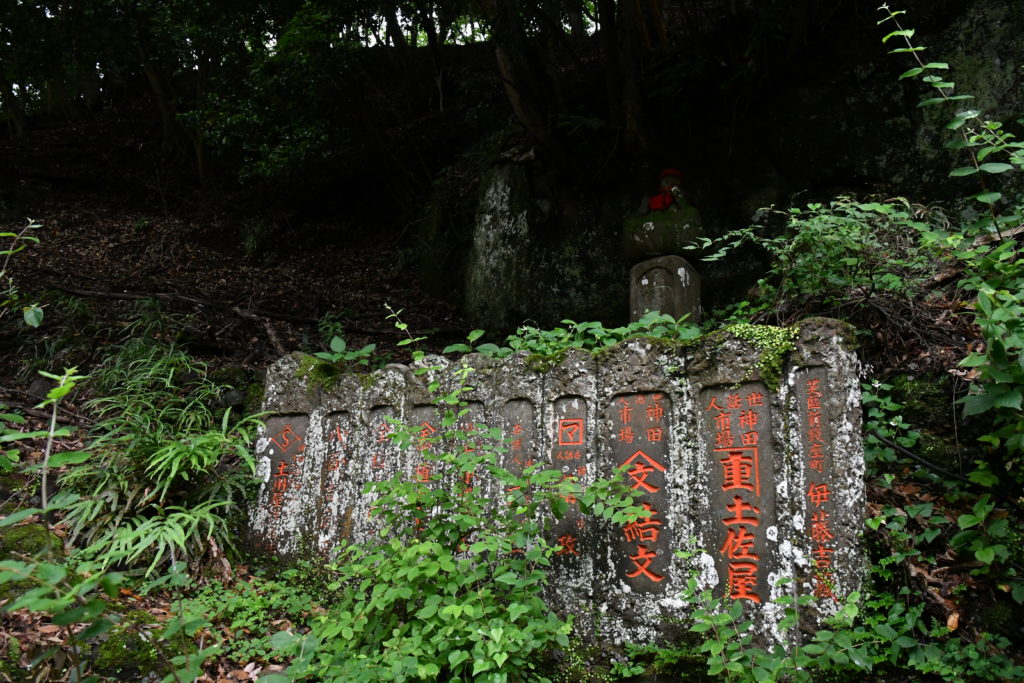
A Mountain of Religion and Recreation for Edo-Period Commoners
It is unclear how the worship of Mt. Oyama began, but Oyama-dera Temple, the present-day Hinata Yakushi Temple, and others were opened during the Nara Period (710-794 CE), and the name of Oyama Afuri Shrine is listed in the Engi-Shiki Jinmyocho, a list of shrines compiled during the Heian Period (794-1185 CE). So we can be confident that this was already a religious center by at least that point in time.
Later, the ascetic religion Shugendo began to flourish; Oyama-dera Temple, another name for Oyama Afuri Shrine, received the Shogunate’s patronage and prospered through the Kamakura (1185 – 1333 CE) and Muromachi Periods (1336 – 1573 CE), and it came under the auspices of the Odawara Hojo clan during the Warring States Period (1467 – 1590 CE).
In 1590, in the battle in which Toyotomi Hideyoshi destroyed the Hojo clan, Shugendo practitioners from Mt. Oyama fought on the Hojo side. Because of this, when the Edo Period began, in order to disarm those who practiced Shugendo, Tokugawa Ieyasu fomented a revolution on the mountain, and they were forced out. The Shugendo believers who had been forced off of the mountain became low-ranking priests at Mt. Oyama’s base, where they operated pilgrims’ lodgings and souvenir shops, becoming the basic drivers of the later spread of Mt. Oyama worship around the Kanto area.
In the Edo Period, starting in the Kanto area, worship of Mt. Oyama spread as far as Shizuoka, Yamanashi, Nagano, Niigata, and Fukushima, and at its peak there were over one million families supporting the temple. Edo’s population was about one million people, so the fact that Mt. Oyama was visited by 200,000 worshippers annually shows its surprising popularity.
The roads that led from various places to Mt. Oyama were known as “Oyama Roads.” because it was devoted to a god of rainfall, it is said to have received faithful worship not only from farmers but from construction workers, carpenters, firefighters, and fishmongers. The state of pilgrimages to Mt. Oyama during the Edo Period may be discerned from things such as the classic rakugo comic story “Oyamamairi” (“Mt. Oyama Pilgrimage”).
The reasons that Mt. Oyama was so popular during the Edo Period included the geographical peculiarity that it could be seen from all over the Kanto area, in addition to which, a pilgrimage to the similarly-popular Mt. Fuji would take at least seven days and require a promissory note in order to pass through the checkpoint at Hakone; by contrast, a trip to Mt. Oyama could be completed in three to four days, even if one passed through Enoshima or Kanazawa-Hakkei on the way home. In other words, the secret of Mt. Oyama’s popularity is that, while it is a place of miracles, it brings together casual worship and recreation without requiring intense training or religious discipline.
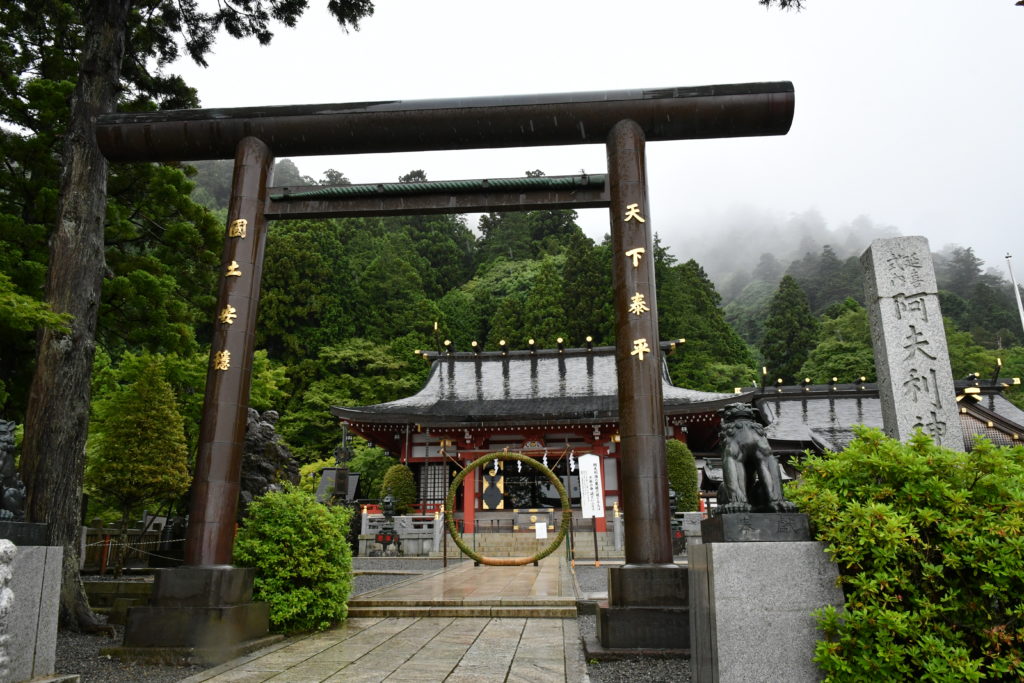
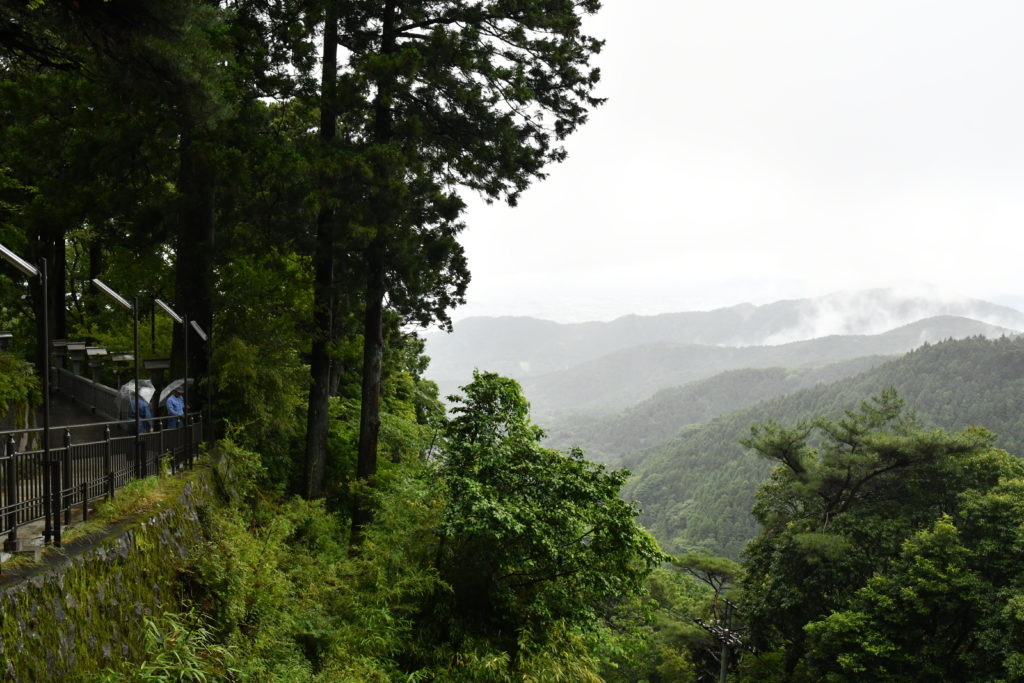
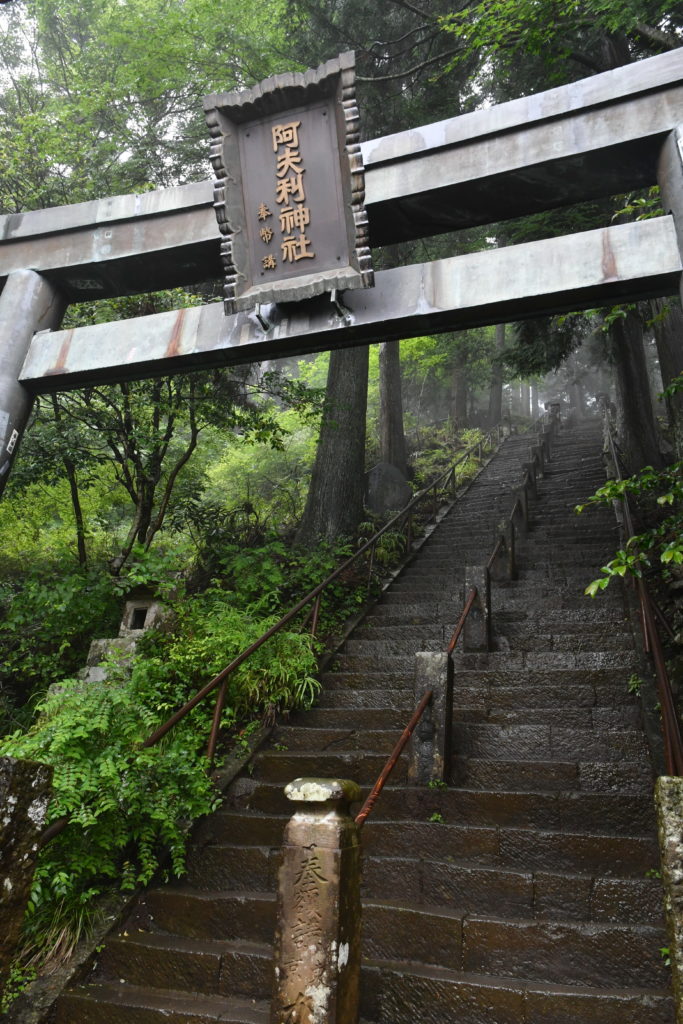
Pilgrims’ Inns and The Town at Mt. Oyama’s Base That Flourished Due to Many Religious Associations
Like pilgrimages to Mt. Fuji and other places, pilgrimages to Mt. Oyama were typically undertaken by religious associations called ko, each of which was made up of multiple groups of people who worked the same trade or lived in the same town. Numerous pilgrims’ inns were established at the foot of Mt. Oyama to house these ko. Even now, these inns can be seen near the Mt. Oyama cable car station.
The worship of Mt. Oyama, which reached the peak of its prosperity during the Edo Period, was completely thrown into chaos by the Meiji government’s policy of dividing Shinto and Buddhism. Oyama-dera was demolished, and Oyama Afuri Shrine’s lower shrine was built on the site where it had been.
However, at the same time as the post-Meiji Restoration process of Shintoization was ongoing, unlike places such as Mt. Hiko, in Kyushu, which almost totally lost their pilgrims’ inns and other pieces of their Shugendo heritage, in the case of Mt. Oyama, priests began calling themselves “sendoshi” (the term does not sound Shugendo). Because they kept their traditions going even as Shintoization happened, the pilgrims’ inns, the tradition of religious mountain climbing, and other parts of the mountain’s heritage were preserved.
Nonetheless, ko groups and religious mountain climbing traditions, which continued to be passed down during and after the Meiji Restoration, are gradually being lost as time goes on.
“Until around the 1960s and 70s, many people would come here with ko, stay overnight, and have a good time. In recent years, the number of people coming with ko has gotten much fewer,” says the mistress of a pilgrims’ inn near the Mt. Oyama cable car station.
The grounds of each of these inns are surrounded by a fence on which is inscribed the names of the ko and their places of origin. Rows of stones and stone slabs embedded in the fence in commemoration of religious climbers tell the story of their past prosperity. One can see many stones erected by ko made up of workers such as fishmongers and firefighters during the Edo Period if one looks closely. Although their number has decreased, there are still about twenty pilgrims’ inns on Mt. Oyama where visitors can still stay, some of which even provide meals. At inns of this type, the tofu dishes for which Mt. Oyama is famous are on offer. Souvenir shops on the road to the shrine are filled with Mt. Oyama Spinning Tops, a folk craft that has been popular since the Edo Period.
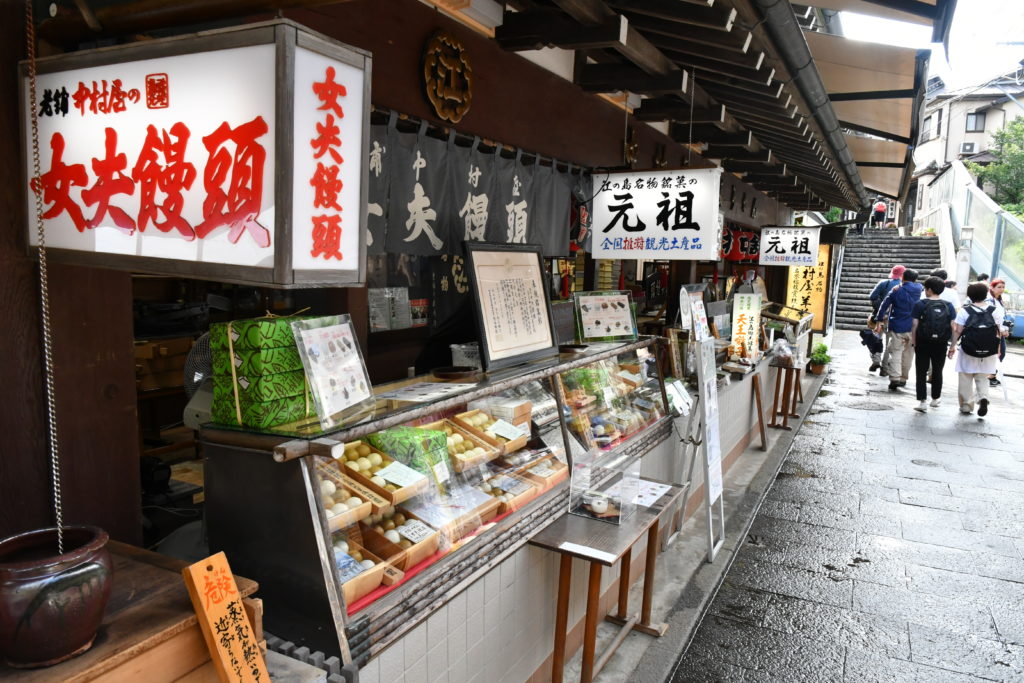
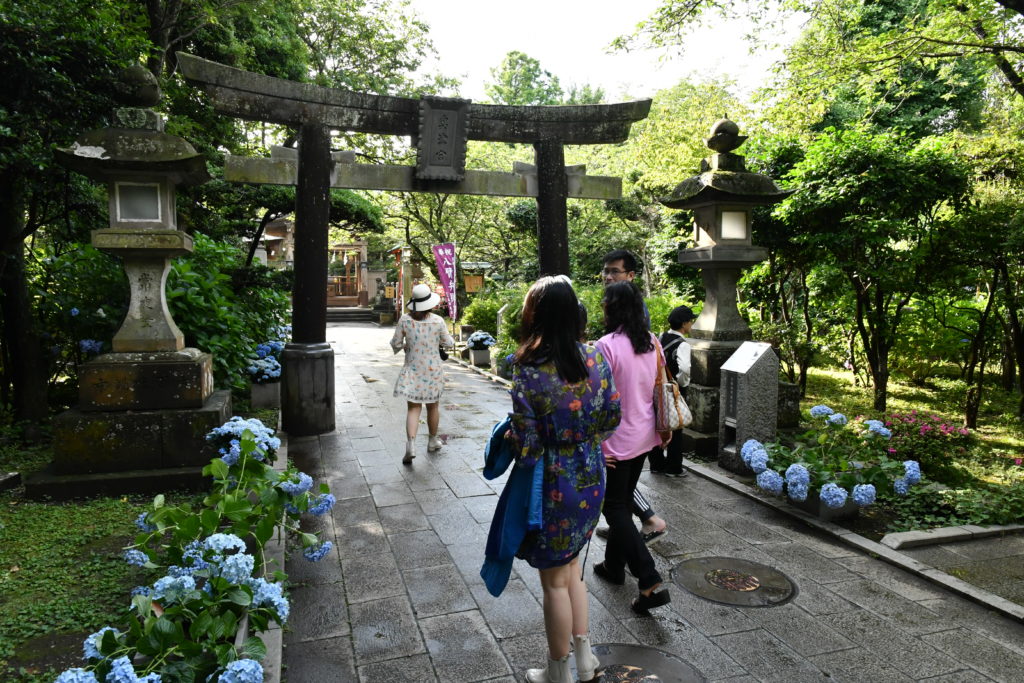
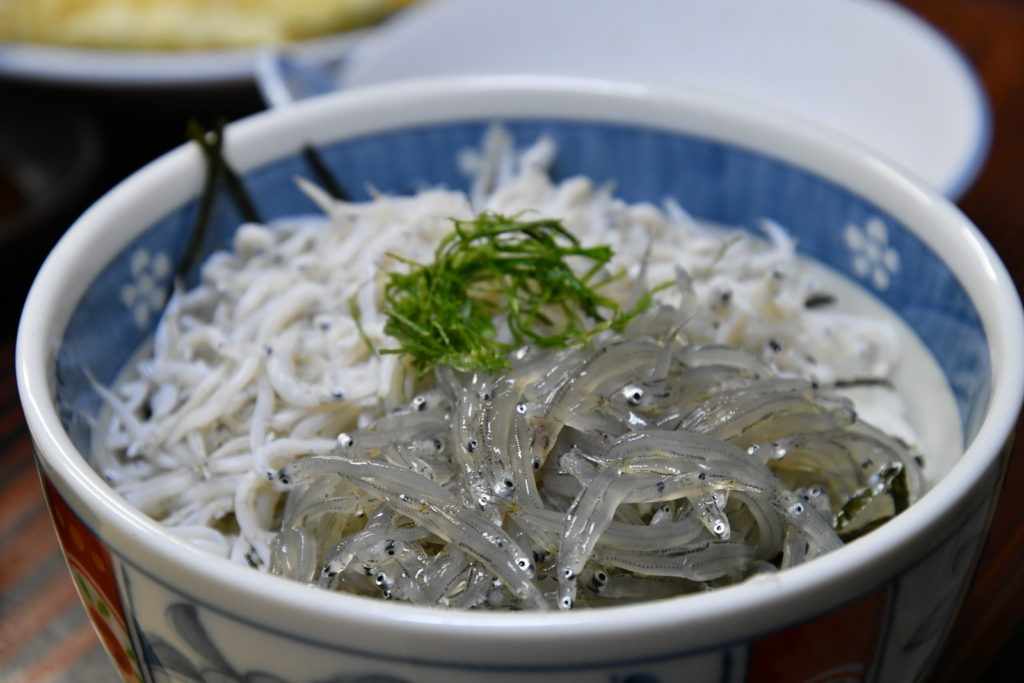
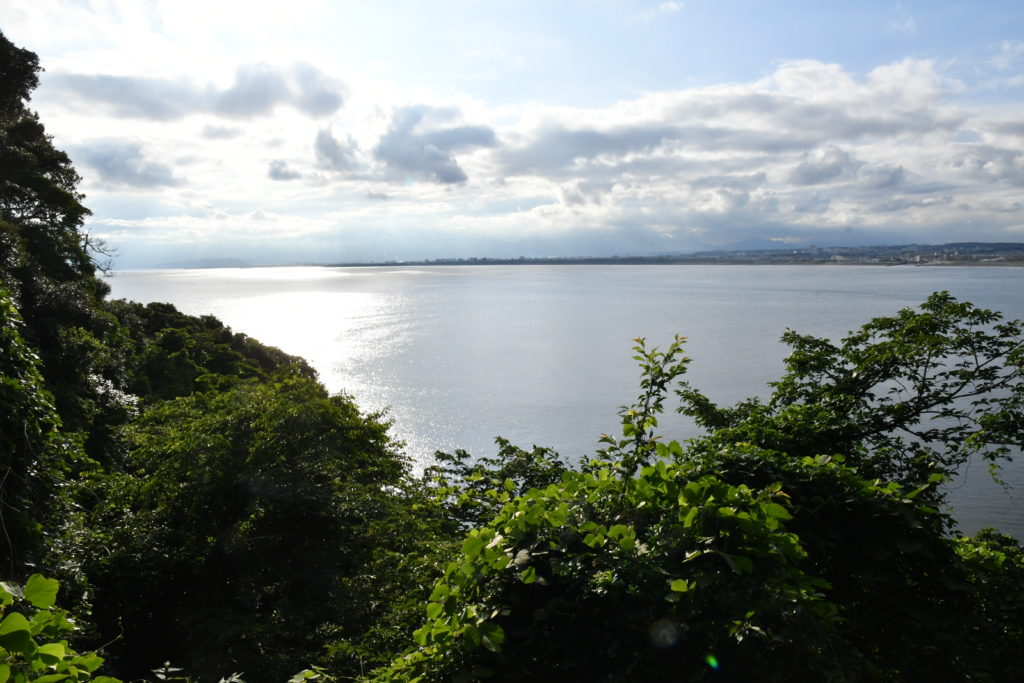
Recreation by Edo-Period Commers, From Mt. Oyama To Enoshima
Mt. Oyama is near the Tokyo area, so it is mainly a spot for day-trip tourism these days. However, at times, when we think of pilgrimages to Mt. Oyama by commoners during the Edo Period, should we think not only of climbing the mountain, but of staying at pilgrims’ inns and touring the sights of Enoshima and Kanazawa-Hakkei?
When we hear the comic story Oyamamairi, or look at old paintings of Mt. Oyama, Enoshima, and Kanazawa-Hakkei as we go around these places, we’re sure to notice the scenery which has changed from what it used to be like, aren’t we?
Translated from the original article: Naoya Furuta (2019) Mt. Oyama: A Place of Religion and Recreation for Edo-Period Commoners, Chiikijin vol.49, pp. 70-75

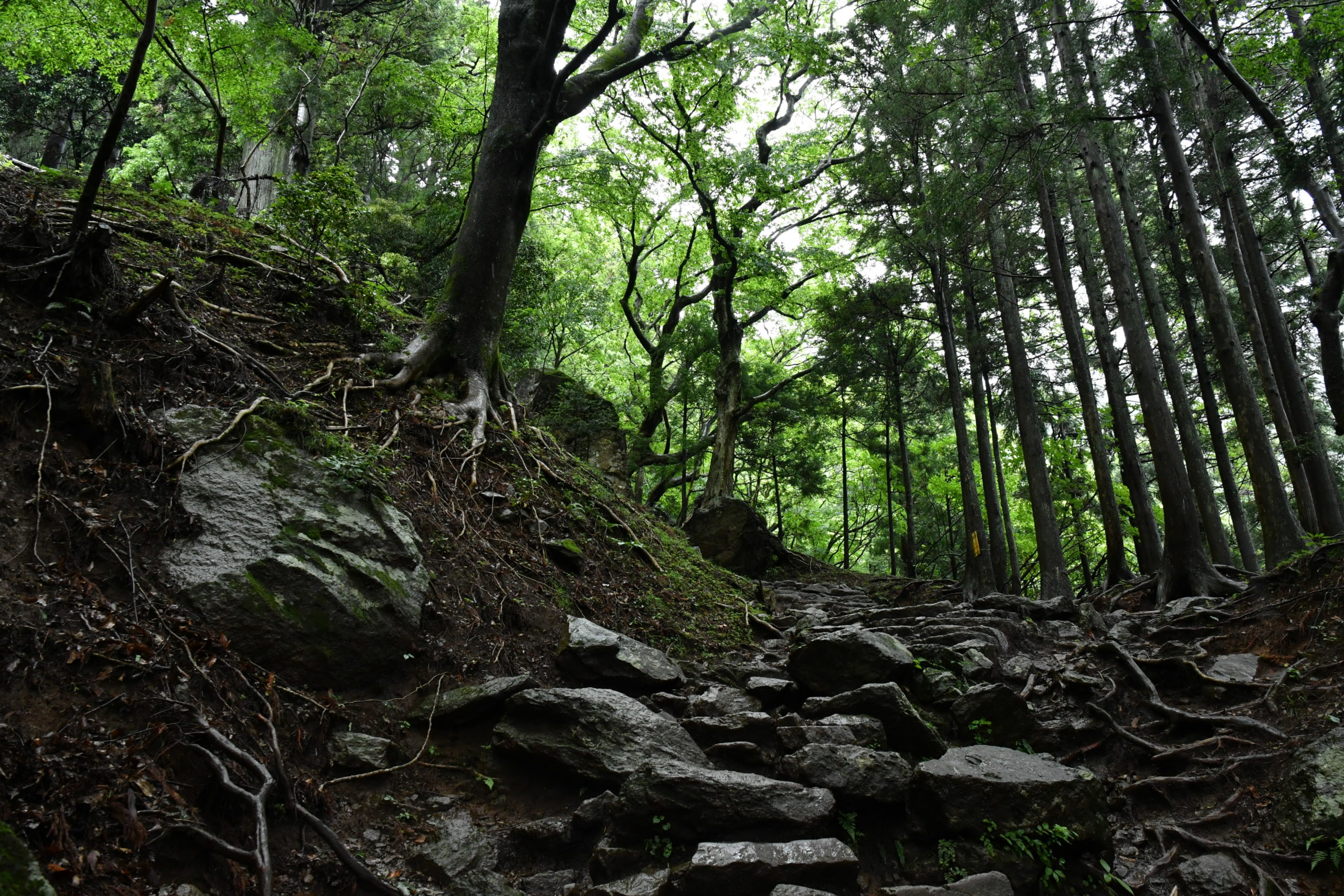


コメント